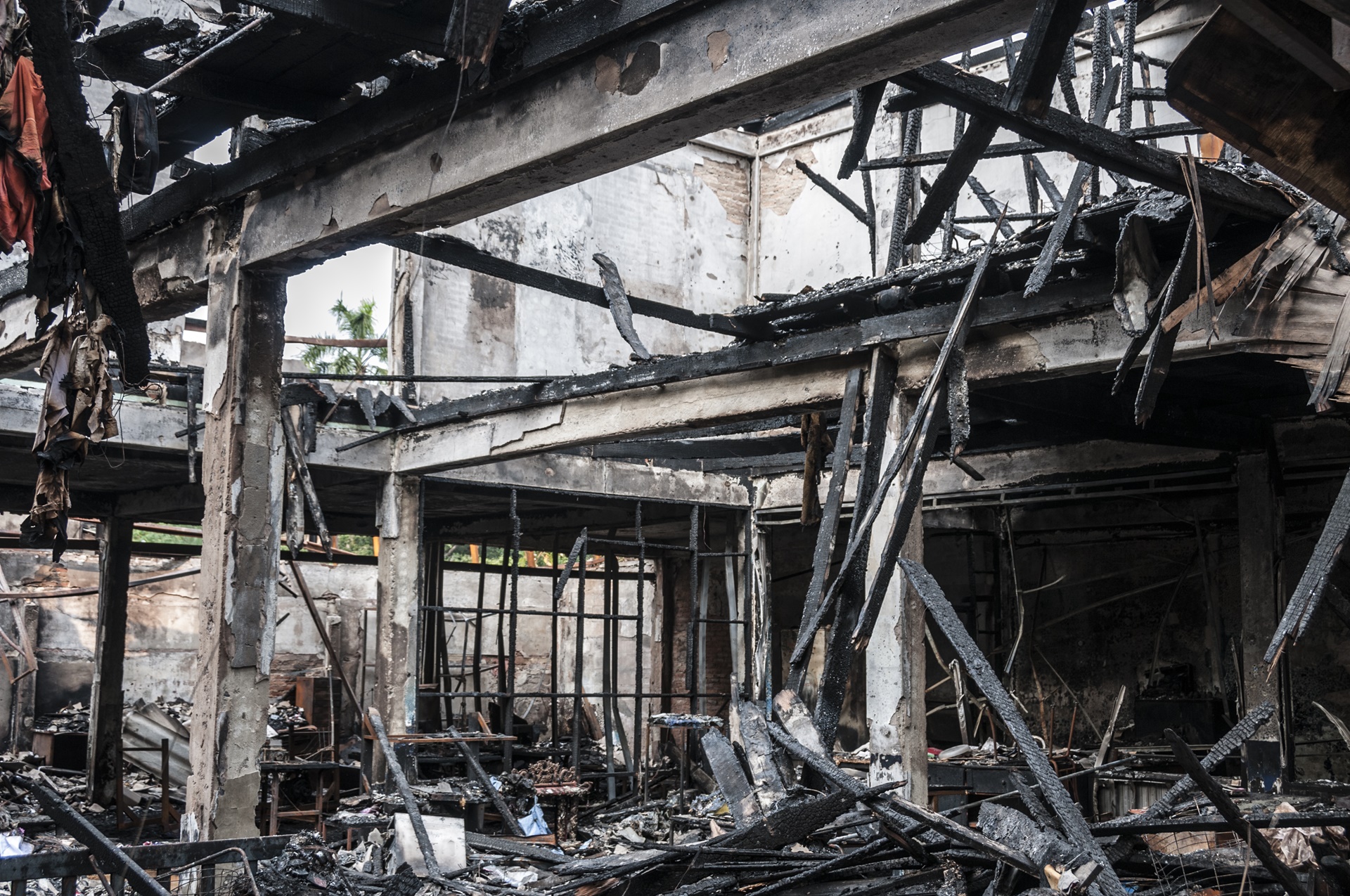In the wake of catastrophic weather events, the destructive forces of fire and water often leave a trail of devastation in their wake, wreaking havoc on homes, businesses and entire communities. In challenging times, the importance of adequate insurance coverage cannot be overstated. The role of insurance for fire and water remediation contractors emerges as a critical lifeline, offering financial protection and peace of mind to those grappling with the aftermath of natural disasters.
2023 set a record for the highest number of separate weather and climate disasters with 28 occurrences. That brings us to 376 climate disasters since 1980 with overall damage costs reaching $1B. With natural disaster events occurring more frequently, there is an opening for remediation contractors entering the game.
After the storm
In the past five years alone there have been over $600 billion of disaster-related damages, so the trend in this market is continuing to grow year over year.
In terms of specific exposures in this class, the damage most frequently seen after a natural disaster or severe weather event is mold contamination. The turning point for mold to develop is fairly quick, typically within one or two days. However, most mold growth, if caught early, can be harmless so mold remediation is one of the biggest things that needs to be done after a hurricane, flood or fire.
While insureds can have their houses checked for mold after a damaging event, if it is not checked thoroughly enough, mold can spread to the rest of the home. Fire and water damage remediation contractors can be left on the hook, held liable for not doing an adequate job during the inspection. It’s important to advise insureds to use certified restoration experts, especially newcomers to the space. The Institute of Inspection Cleaning and Restoration Certification (IICRC) is one of the more common certifications in this field.
Most remediation jobs are typically completed in a few weeks, depending on the damage or severity of the CAT event. Hurricane Katrina for example, took years to fix damages estimated to be $125 billion.
Tailoring coverage
This sector has seen a significant evolution in the past few years. Insurers are drawn to the environmental market due to its more affordable rates, but tailoring coverage to help protect the insured requires a certain level of expertise in and knowledge of the sector.
Recently, we have begun to see some development of portfolios related to losses that were not from the initial fire or flood damage. In order to keep rates at a fair level, coverage must be tailored to ensure nothing that was intended to be covered is actually excluded. For example, in the event of fire, water or wind damage, insurance coverage typically extends to repairs within the affected area of the insured's home – not to unrelated repairs. If, for instance, only the kitchen is affected by a fire, the insurance coverage should be limited to the cost of restoring the kitchen, rather than facilitating a larger-scale renovation of the entire first floor.
Coverage gaps
Similarly, the nature of these types of claims has evolved significantly. For instance, in Florida, determining whether a claim falls under fire and water restoration or necessitates a custom home build becomes a pertinent question, especially when the damage extends to the foundation. Underwriters specializing in this area must closely monitor emerging trends to ensure they can sustain coverage for this segment.
Securing coverage in South Florida poses significant challenges due to its vulnerability to frequent catastrophic weather events. Water damage may not always be included in standard Florida home insurance policies, with coverage often contingent upon the specific cause of the damage. Typically, most standard homeowners’ insurance policies classify coverage for water damage as a result of sudden and accidental water discharge as an exclusion, thus eliminating many scenarios.
Looking to the future
Based on storm predictions for the upcoming year and considering recent trends, this sector will continue to grow. With the ongoing effects of global warming and the increasing frequency of extreme weather events, this segment is expected to follow the patterns of previous years. Particularly vulnerable states such as Texas, California and Florida are experiencing heightened climate-related activity.
Approaching this market from a regional perspective is essential for effective underwriting. In the Southeast, we're witnessing a surge in new ventures emerging to meet market demands. Many individuals with extensive experience from established companies are now establishing their own enterprises, drawn by ample opportunities for newcomers in the industry.
Takeaway
Fire and water remediation contractors stand as a vital safeguard in the aftermath of catastrophic weather events, providing protection and support to those affected. With the escalation of climate change leading to more frequent and severe disasters, comprehensive and tailored coverage cannot be emphasized enough.
By addressing both fire and water damage, these policies offer a crucial layer of protection, aiding individuals and communities in rebuilding and recovering from the devastation wrought by natural catastrophes.
Moving forward, proactive measures, including thorough risk assessment and policy customization, are essential to ensure that insurance remains a reliable support system in times of crisis. Ultimately, having robust fire and water remediation insurance is crucial in this increasingly uncertain climate landscape.
About Alta Risk
ALTA RISK, LLC is an underwriting manager for specialty insurance products. Underwriting on behalf of A.M. Best rated “A-” (Excellent) or better carriers, ALTA distributes products through a diversified and select group of specialty wholesale brokers in all 50 states.
ALTA's seasoned underwriters, with their combined 100+ years of underwriting experience, take a creative approach to underwriting that provides select wholesale brokers with a unique approach unmatched in the market. To learn more, click here.


